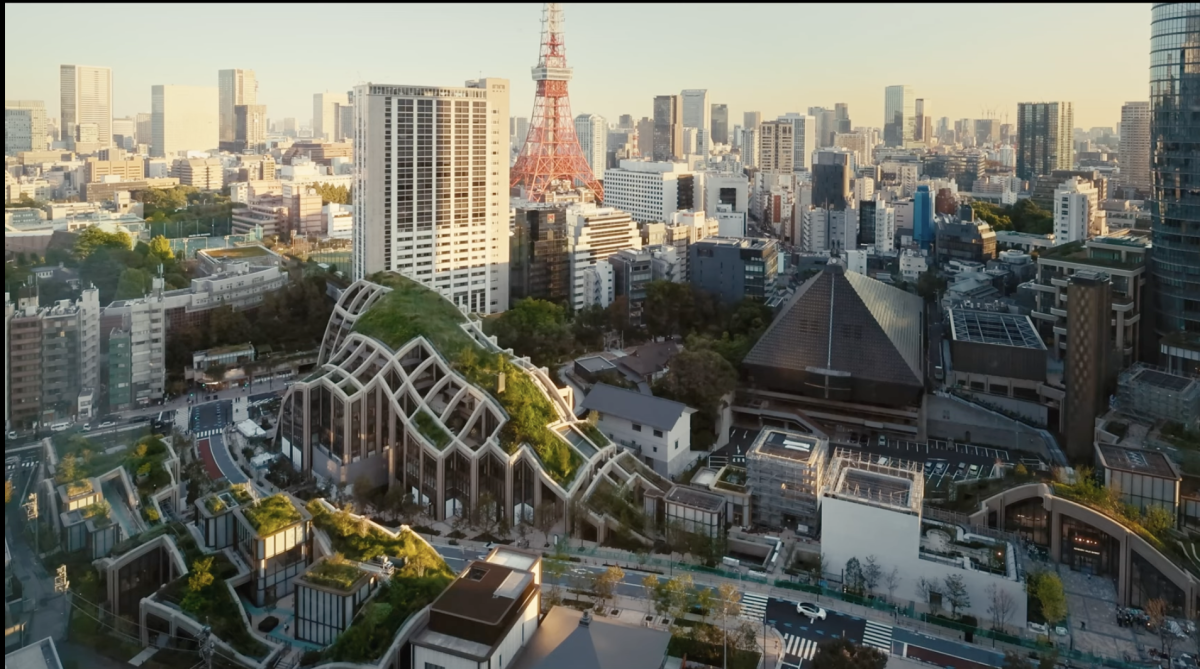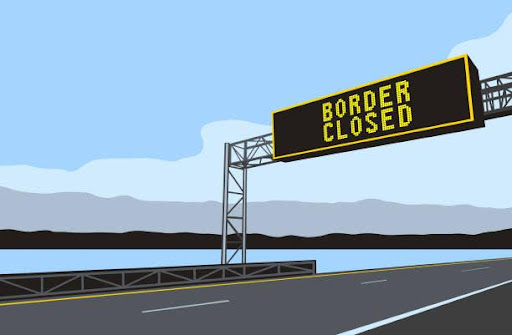It’s a Friday evening, one short sleep away from Saturday, and my phone buzzes as messages fly in from friends. We’re arranging a hangout but there’s a familiar problem: options are limited and costly.
Living in Japan’s priciest city, “going out” typically translates to “going inside.”
Buying lunch in a restaurant gets us an hour before we’re ushered out the door. A cup of coffee buys another hour until the staff starts staring at us. Photobooths, arcades, malls – we’re only welcome if we’re paying.
Less than three hours later, our wallets are left empty, and we dejectedly trudge home.
The scarcity of shared outdoor areas accessible to Tokyo’s residents is notably pronounced. An effective solution lies in expanding public parks.

Tokyo’s rapid urbanization made allocating sufficient green space within the densely populated neighborhoods challenging. For comparison, New York boasts nearly 30,000 acres of parks, meaning 13.56 square meters per New Yorker, while Tokyo’s meager 19,791 acres offer merely 5.73 square meters per capita.
This disparity directly impacts the lives of locals. New York’s scattered parks are an “extension of their living room,” bestowing chances to swap cramped apartments for jogs, sunbathing, movie nights, and ice skating.
With such ubiquity, New York’s parks are oases amid an urban desert.
Meanwhile, Tokyo’s residents spend the majority of their time under roofs, deprived of sunshine and fresh air. The inadequate public parks isolate citizens from enjoying nature and social interactions, resulting in sedentary lifestyles and diminishing their sense of belonging. Thus, in Tokyo, parks that offer connections with nature and opportunities to socialize are crucial for human flourishing.
The presence of nature is an indispensable factor for our general well-being. Engaging with greenery enhances cognitive functioning and tranquilizes our souls. The NYT had recently honored Frederick Law Olmsted, the father of countless beloved parks. His treasured works were reaffirmed as “an escape from quarantine” during the dark times of COVID-19, and they continue relieving locals from stress and fatigue. As such, local green havens welcome all, regardless of age, gender, or social status.
The city government of Tokyo must increase park expansion budgets and seek additional funds through grants, public-private partnerships, and community fundraising efforts. Another vital step is improving and advertising existing parks. Following in the footsteps of cities such as New York, a wider range of recreational and cultural events must be offered for a greater attraction to the park.
Whilst the cost of living continues to rise worldwide, regardless of their location, each and every individual deserves the freedom to indulge in sunlit leisure, amidst lush surroundings, liberated from the urban hustle.
Editor’s Note: Jimin S.(’27) was a finalist in The New York Times Learning Network 2024 Open Letter Contest

















































